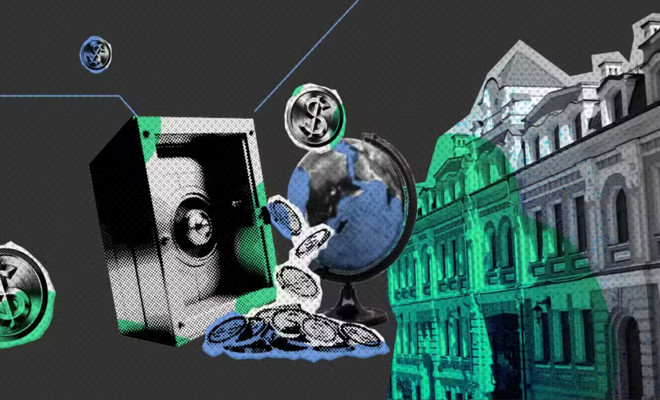
TradFi and its role in the world of digital currencies
🧩 Introduction
Over the last decade, the global financial landscape has undergone a remarkable transformation. With the rise of digital currencies and the power of blockchain technology, a new financial model known as Decentralized Finance (DeFi) has emerged. This shift is shaking the foundations of Traditional Finance (TradFi) — a system that has governed the global economy for centuries.
In this article, we’ll take a deep dive into the evolving relationship between TradFi and DeFi, analyzing how traditional institutions are responding to this digital revolution.
💸 What is TradFi (Traditional Finance)?
TradFi refers to the traditional, centralized financial system that includes:
- Commercial banks 🏦
- Central banks 🏛️
- Stock exchanges 📈
- Insurance companies 🛡️
- Investment firms 📊
This system relies heavily on intermediaries to facilitate transactions, enforce trust, and regulate financial activity.
🧬 What is DeFi (Decentralized Finance)?
DeFi is a revolutionary financial system that leverages blockchain technology to offer financial services without traditional intermediaries. Built mainly on platforms like Ethereum, DeFi uses smart contracts — pieces of code that automatically execute transactions when certain conditions are met.
🚀 Advantages of DeFi Over TradFi
- 🔓 Decentralization: No single entity controls DeFi.
- 🌍 Financial Inclusion: Anyone with internet can access DeFi.
- 🔍 Transparency: Public ledgers offer full visibility.
- ⚡ Efficiency and Speed: Low fees and fast execution.
- 📊 Innovation: Programmable services like loans, insurance, and yield farming.
⚠️ Challenges Facing DeFi
- 🧪 Scalability: Ethereum congestion limits throughput.
- 🛡️ Security Risks: Hacks and bugs in smart contracts.
- 📜 Regulation: Legal uncertainty for investors.
- 📈 Volatility: Rapid market fluctuations.
🏦 The Role of TradFi in a Digital Currency World
- 🔁 Liquidity Provision: Institutions can provide capital to DeFi markets.
- 🛠️ Standards & Infrastructure: Contribute to industry frameworks.
- 💳 Fiat On-Ramps: Help users convert between crypto and fiat.
- 🏗️ Hybrid Models: Merge the benefits of DeFi and TradFi.
🔮 The Future: Will DeFi Replace TradFi?
The future likely involves a convergence of DeFi and TradFi — also called CeDeFi. Expect innovations that blend the best of both worlds.
🤝 Coexistence Examples:
- JPMorgan using blockchain for payments
- Visa and Mastercard integrating stablecoins
- Central Banks exploring digital currencies (CBDCs)
🛣️ Road to Mass Adoption:
- Improved user experience
- Cross-chain interoperability
- Clearer regulations
- More institutional involvement
📉 Challenges for TradFi in Adapting
- 💽 Legacy Systems: Incompatible infrastructure.
- 👴 Cultural Resistance: Slow-moving bureaucracy.
- 🧮 Talent Gap: Shortage of blockchain developers.
- 🧱 Customer Expectations: High demand for digital-first services.
💼 Opportunities for TradFi in the DeFi Era
- 🔧 Regulated DeFi Products: Offer compliant crypto-based solutions.
- 💡 Collaborations: Work with DeFi to extend offerings.
- 💬 User Education: Guide consumers through crypto safely.
✅ Conclusion: Can TradFi and DeFi Work Together?
TradFi and DeFi have unique strengths. By collaborating, they can create a balanced, innovative, and accessible financial future. While DeFi brings openness and efficiency, TradFi offers regulatory clarity and trust — together forming the future of global finance. 🌍💸
Disclaimer: ⚠️ This article is for informational purposes only and does not constitute financial advice. Please do your own research before making any investment decisions.